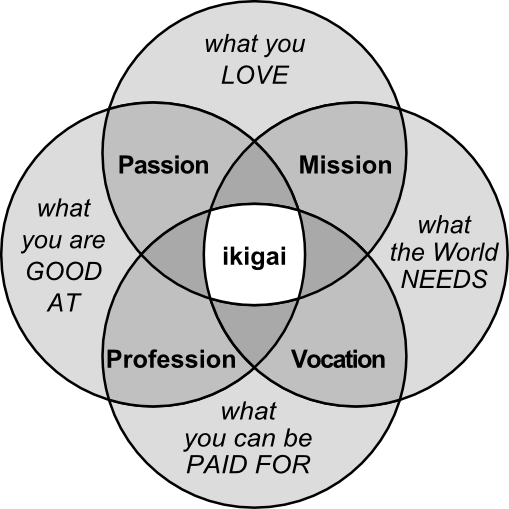Extreme customer experience: there is no alternative.
Whether you are an industrial player, a service provider, in the commodity business, a high-tech start-up or an independent contractor, there is only one sustainable approach towards growth. With the quick product development of today & the stream of quick and easy copycats that work at a much lower cost than you are, the only way to retain customers is by offering something that is far more difficult to copy: an awesome experience. Yes, sorry to break the news, but your customers are not buying your product or service because it’s the best in the world, they buy a solution, an experience that brings the most value to them. And value = f(product characteristics, price, easy of doing business, easy of use, fun, how they can talk about it to their peers, the price,…).
But what about Value Proposition?
Off course, there is the model of Customer Value Propositions, where the insight behind is that a company should choose where it want’s to beat the competition. The goal is that you are ‘on par’ on all the 3 axes, but divert all your focus on one specific access to win the game there.

Source: The Discipline of Market Leaders, Michael Treacy and Fred Wiersema.
With this in mind, you might be inclined to think that focussing on Customer experience is only one option. However, I want to advocate that Customer Experience is not the same as customer Intimacy and that you relentlessly should focus on customer intimacy regardless of your positioning. So yes, you still can be a Product leader, but you will never have the best product when you are not going for extreme customer experience. The reason is simple: the experience is your product seen through the eyes of the customer. Nobody will buy an iPhone if you need to assemble it yourself, put 20 hours in configuring it,… Same goes for operational excellence. Even if you focus on low cost, the way to bring it to customers needs to be extremely good. Of course, the customers experience will be different, but needs to be designed with the Value Proposition in mind. Take a look at the experience Colruyt is given: It’s completely different than that of Delhaize, be they are relentless a creating a unified experience (no locks on the shopping carts, industrial lighting, the walk-in-freezer,…).
So bottom line: don’t let your positioning be an excuse to not go for Extreme customer Experience.
I’m passionate about extreme customer experience. Want to talk about it over a coffee or need some inspiration: let’s talk! A sneak preview of what I can bring to the table.



